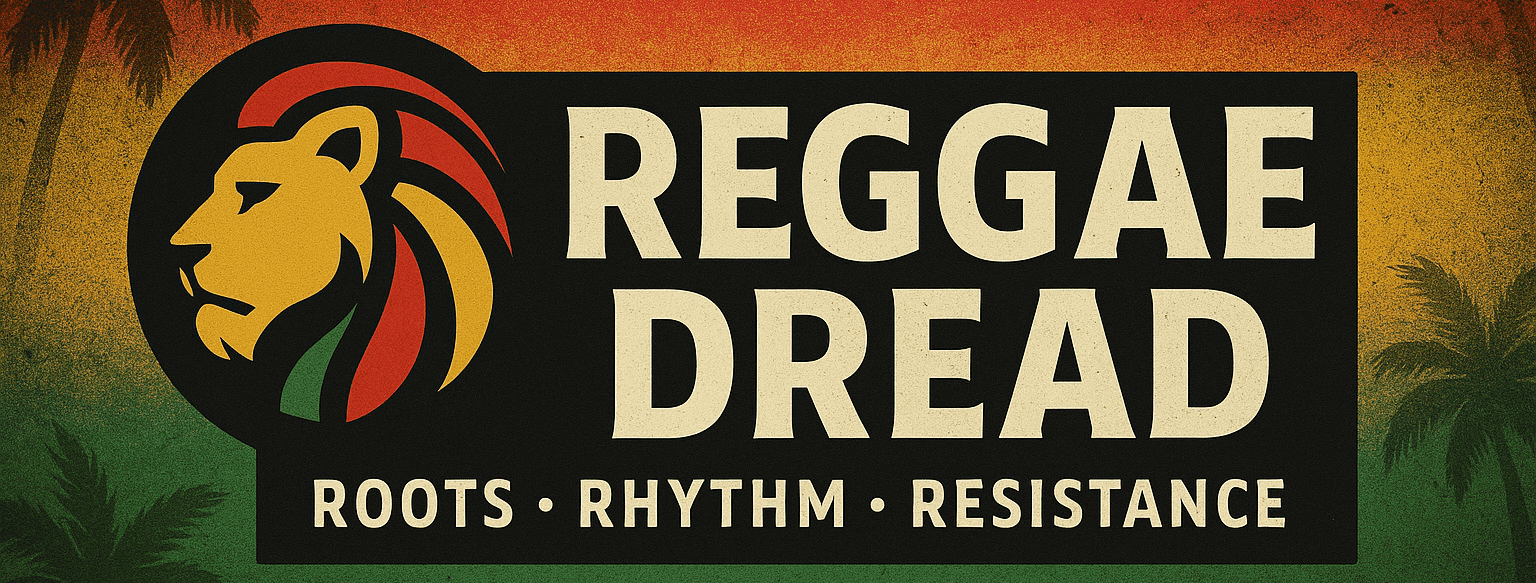The Importance of Reggae Rhythm and Basslines

The rhythm and basslines in reggae music are a crucial part of the genre's distinctive sound and have played a significant role in its popularity and influence. In this section, we will explore the importance of the reggae rhythm and basslines in more detail.
Reggae music is built around a unique rhythm that is commonly referred to as the "one drop." This rhythm is characterized by a steady beat on the bass drum, with the snare drum accenting the third beat of each measure. This creates a distinctive syncopated rhythm that provides the foundation for the music. The bassline, which typically plays in a syncopated rhythm that complements the drums, is an essential component of this sound. The bassline provides the melody and harmony for the music, and often features a distinctive "walking" pattern that moves up and down the neck of the bass guitar.
The importance of the rhythm and basslines in reggae music can be traced back to the roots of the genre in the late 1960s and early 1970s. At that time, Jamaica was experiencing significant social and political changes, and music played a significant role in expressing the concerns and aspirations of the people. Reggae music emerged as a way for Jamaican musicians to express their cultural identity and speak to the issues that were affecting their communities. The rhythmic and melodic qualities of reggae music provided a powerful platform for this expression, and the one drop rhythm and basslines became synonymous with the genre.
One of the key features of the reggae rhythm and basslines is their ability to create a deep, hypnotic groove that is both infectious and compelling. The steady, repetitive beat of the drums and bass creates a trance-like state that draws the listener in and allows them to become fully immersed in the music. This is particularly evident in the dub reggae genre, where producers often manipulate the rhythm and basslines to create extended instrumental versions of the songs that emphasize the hypnotic qualities of the music.
Another important aspect of the reggae rhythm and basslines is their ability to convey emotion and express the deeper spiritual and cultural themes that are at the heart of the genre. The syncopated rhythm of the one drop provides a sense of tension and release that is central to the music's emotional impact, while the walking bassline creates a sense of movement and forward momentum. This combination of rhythm and melody provides a powerful vehicle for expressing the feelings of joy, sadness, and struggle that are so often associated with reggae music.
In addition to its importance within the context of reggae music, the rhythm and basslines of the genre have also had a significant impact on popular music more broadly. Many contemporary genres, including hip hop, electronic dance music, and pop, have incorporated elements of reggae rhythm and basslines into their own sound. This influence can be heard in the use of syncopated beats and basslines in contemporary pop music, as well as in the incorporation of reggae samples and rhythms in hip hop and electronic dance music.
In conclusion, the rhythm and basslines in reggae music are a crucial part of the genre's distinctive sound and have played a significant role in its popularity and influence. The one drop rhythm and walking bassline are central to the music's hypnotic groove and emotional impact, and have allowed reggae to express the deep spiritual and cultural themes that are at the heart of the genre. The influence of reggae rhythm and basslines can be heard in contemporary music across a wide range of genres, and the impact of this music continues to be felt around the world.


























